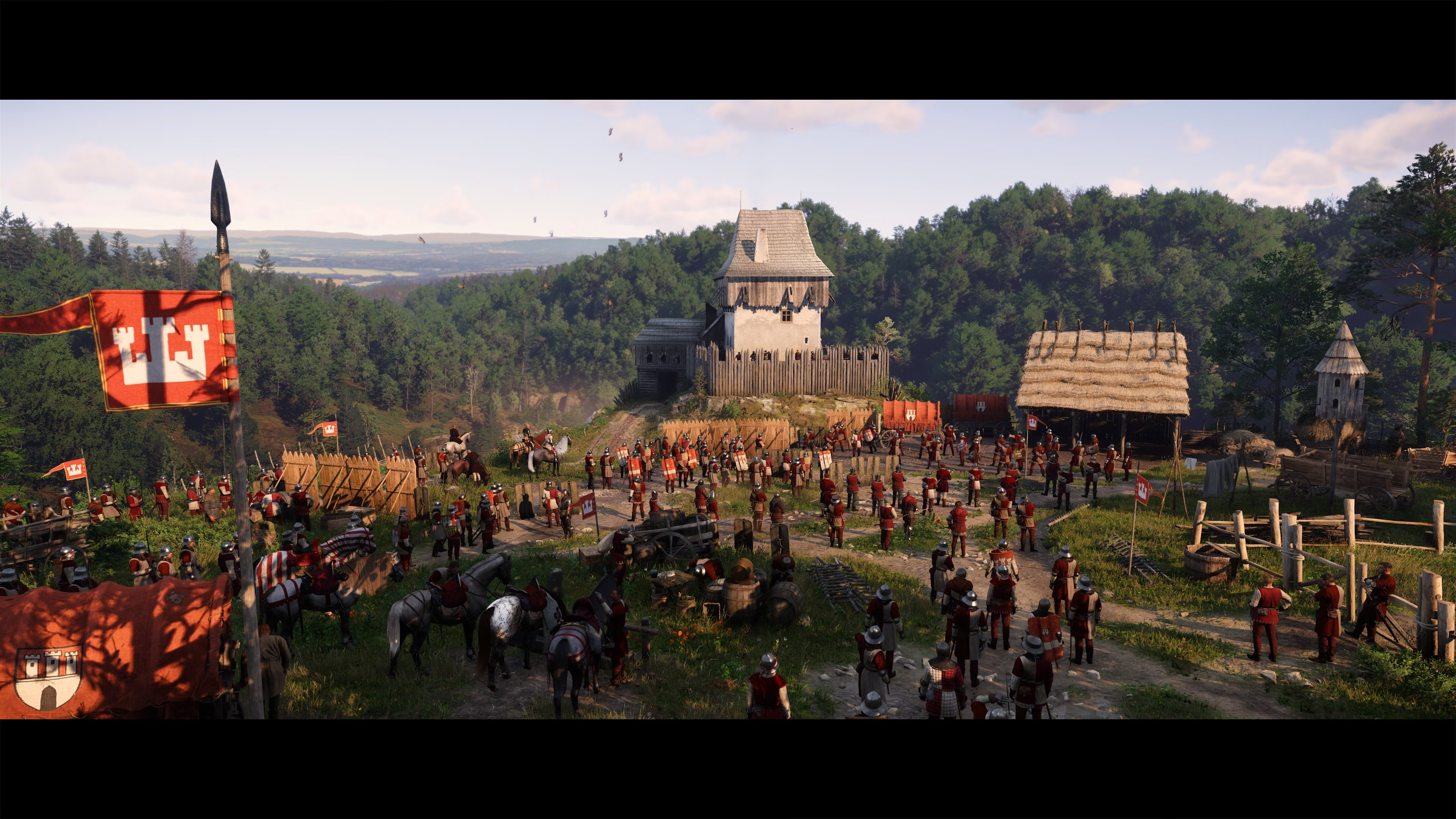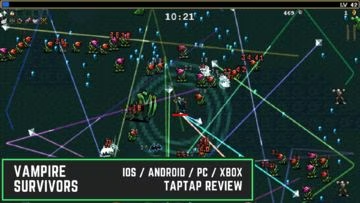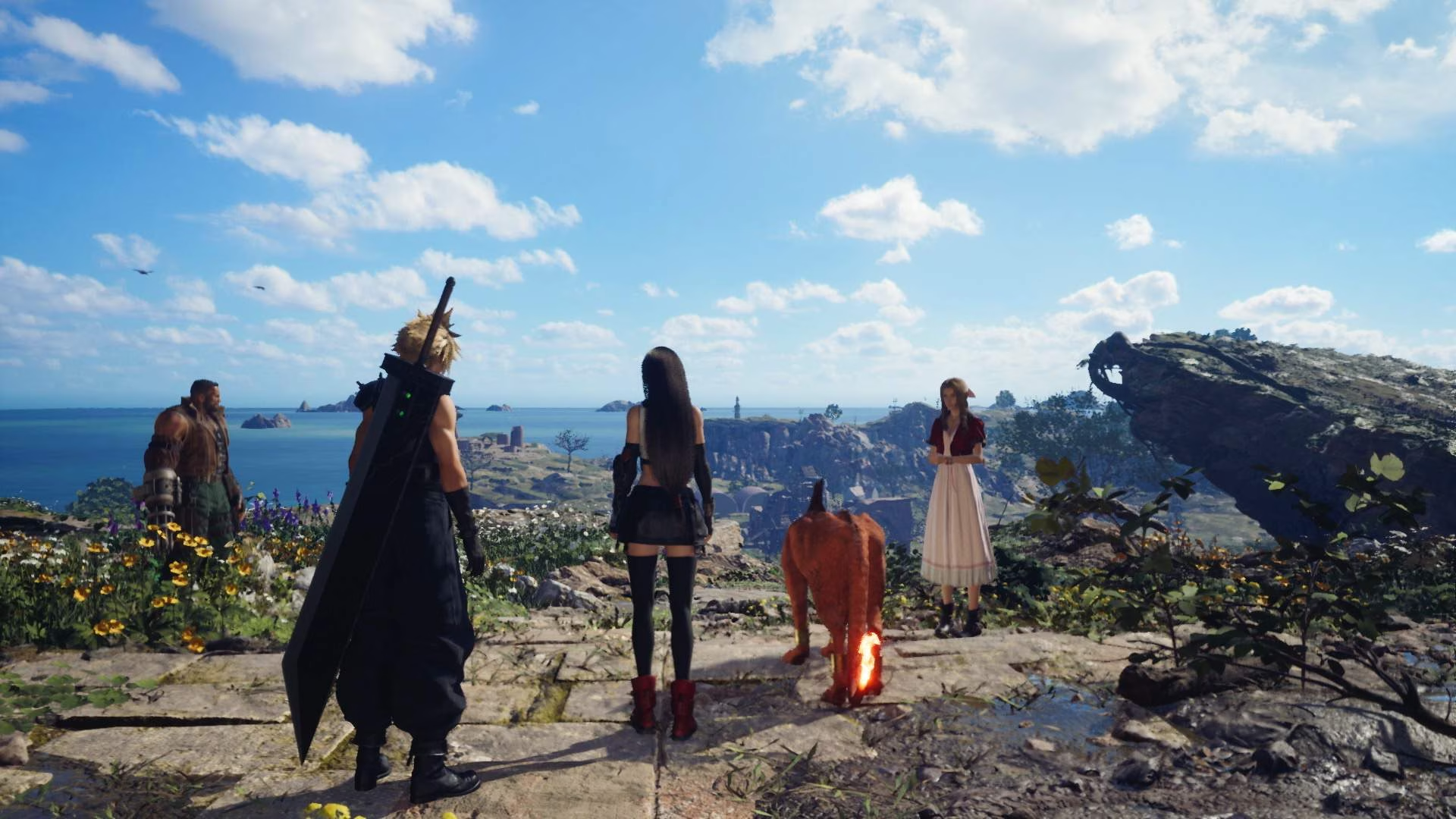The Most Cinematic And Mature Final Fantasy To Date
Final Fantasy XVI Review
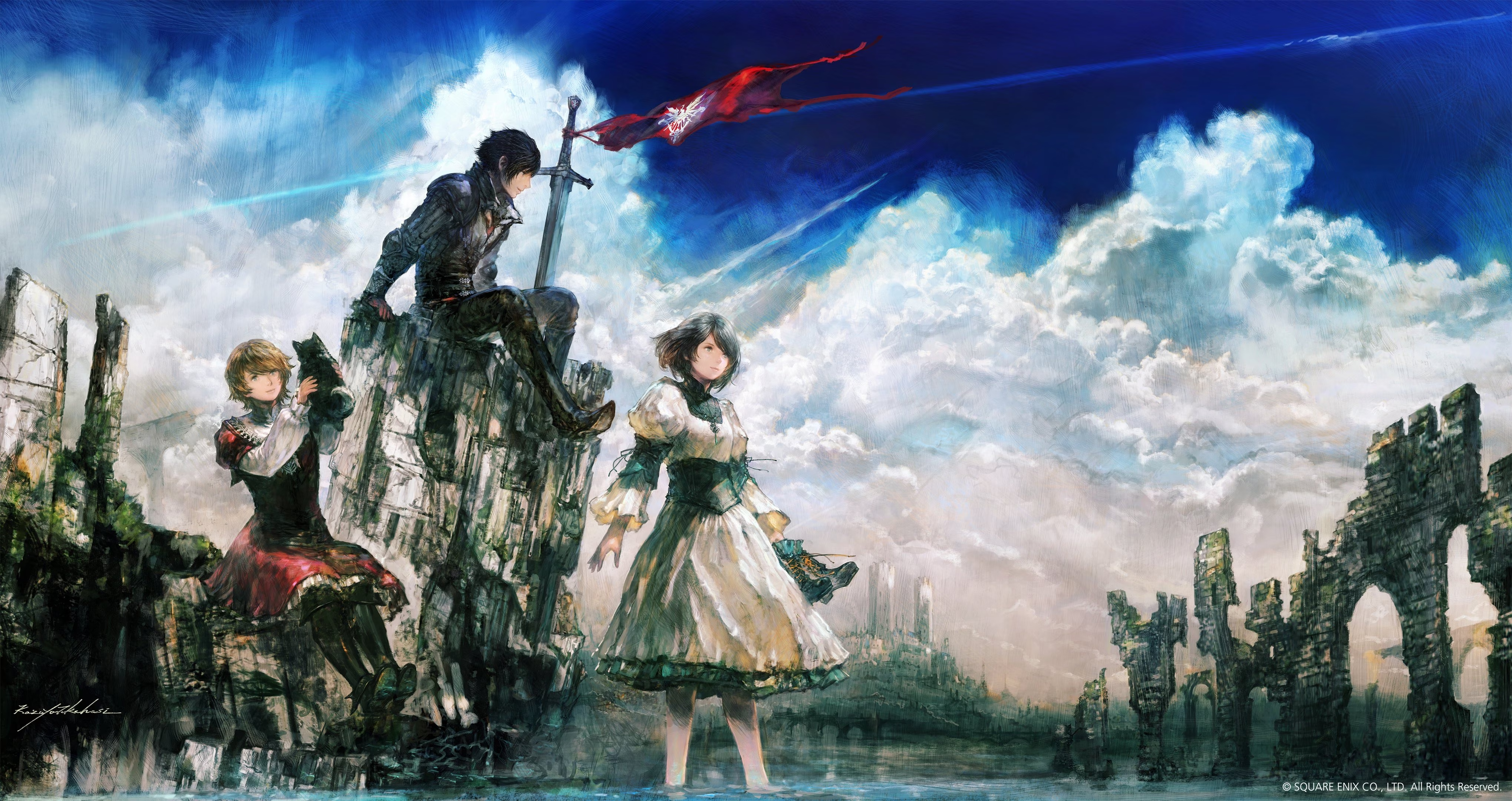

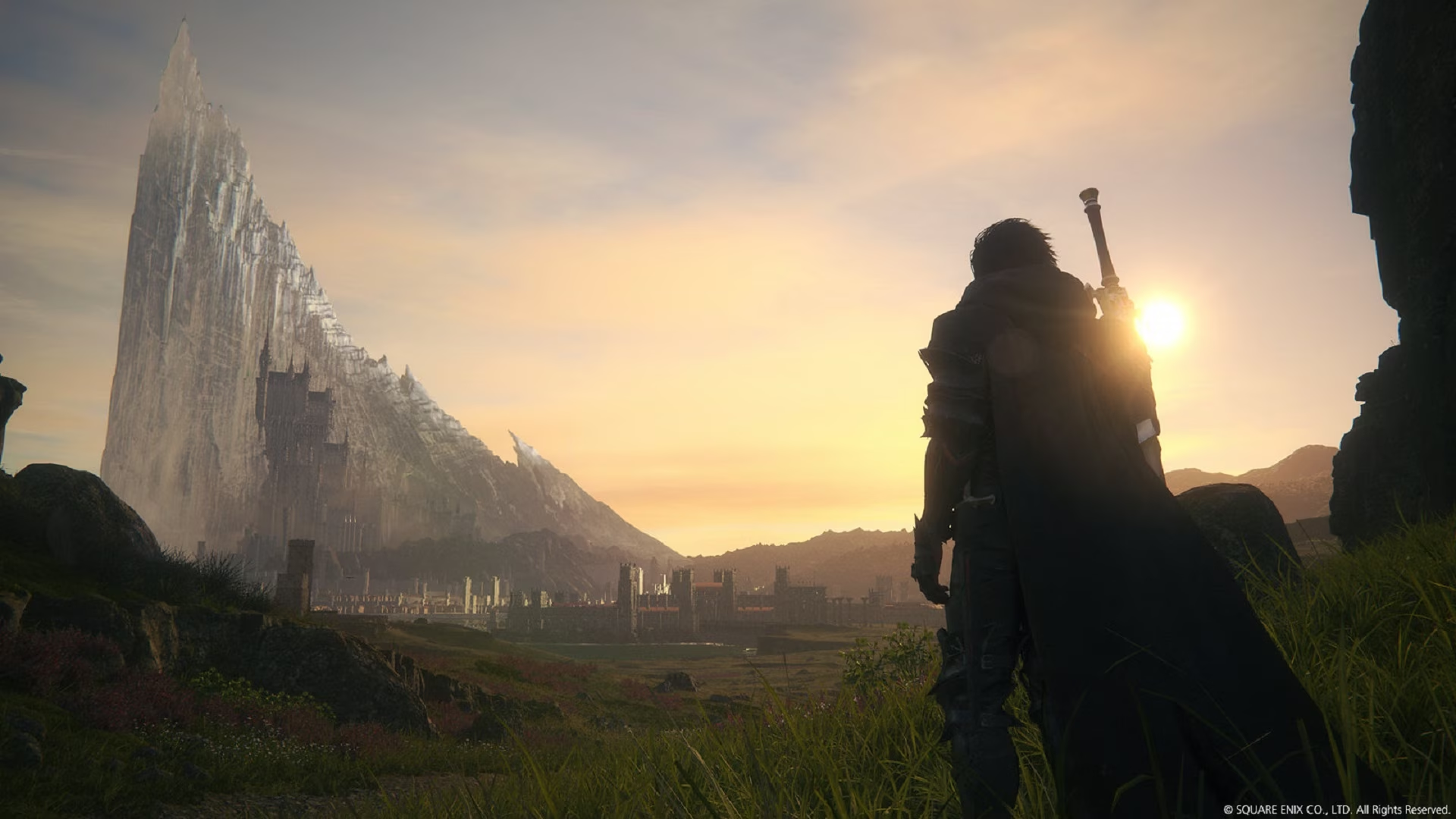
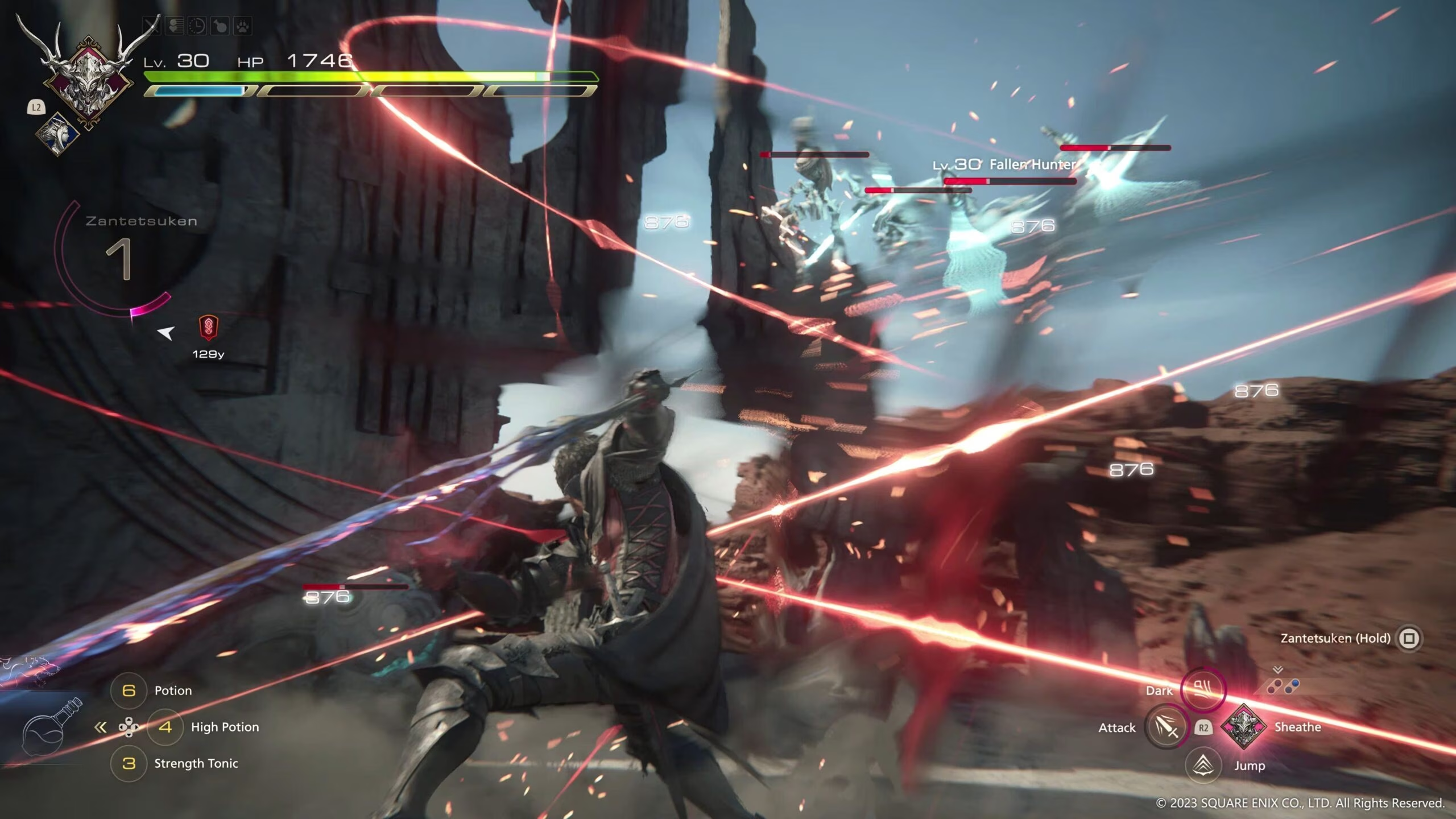
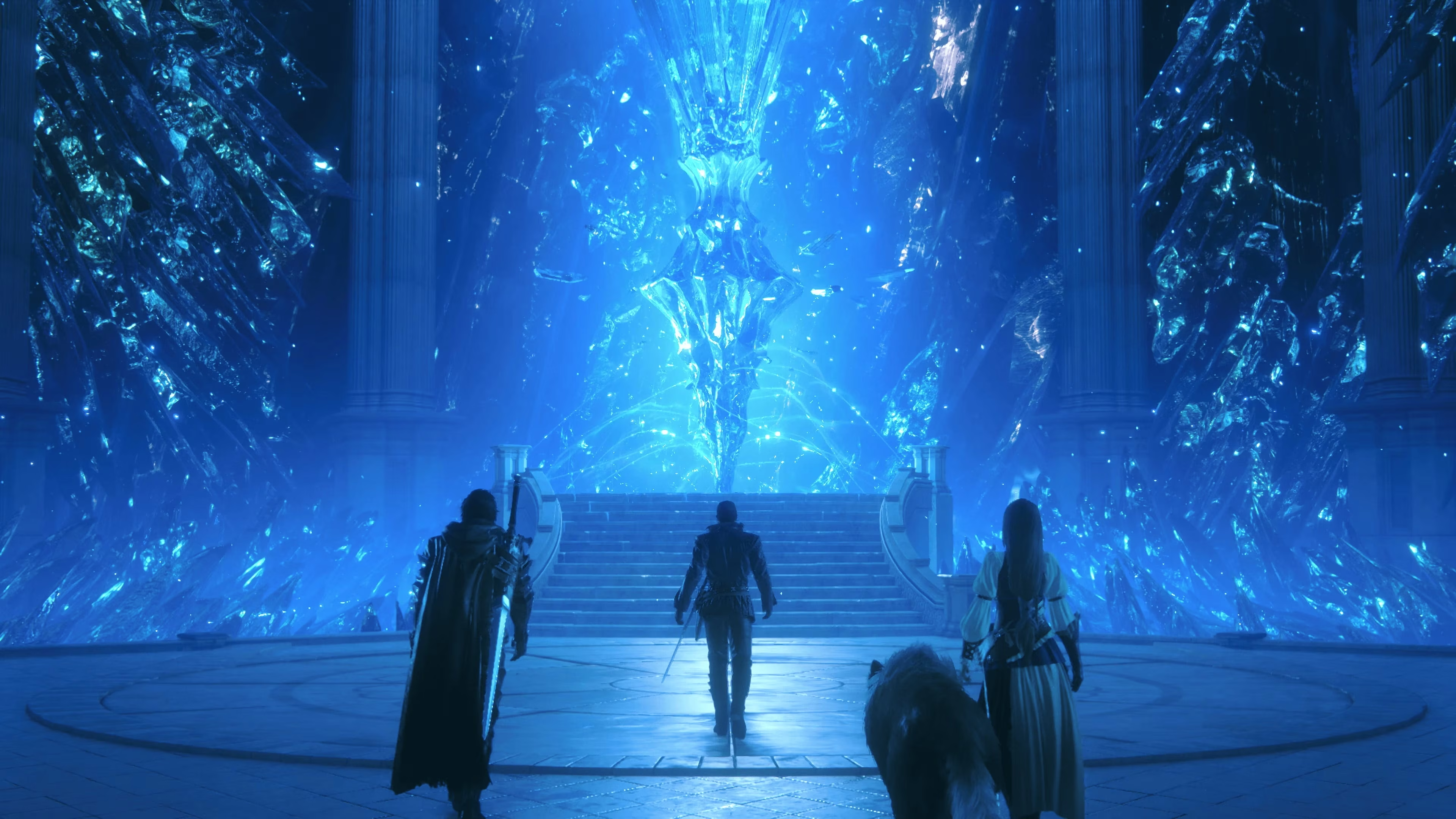
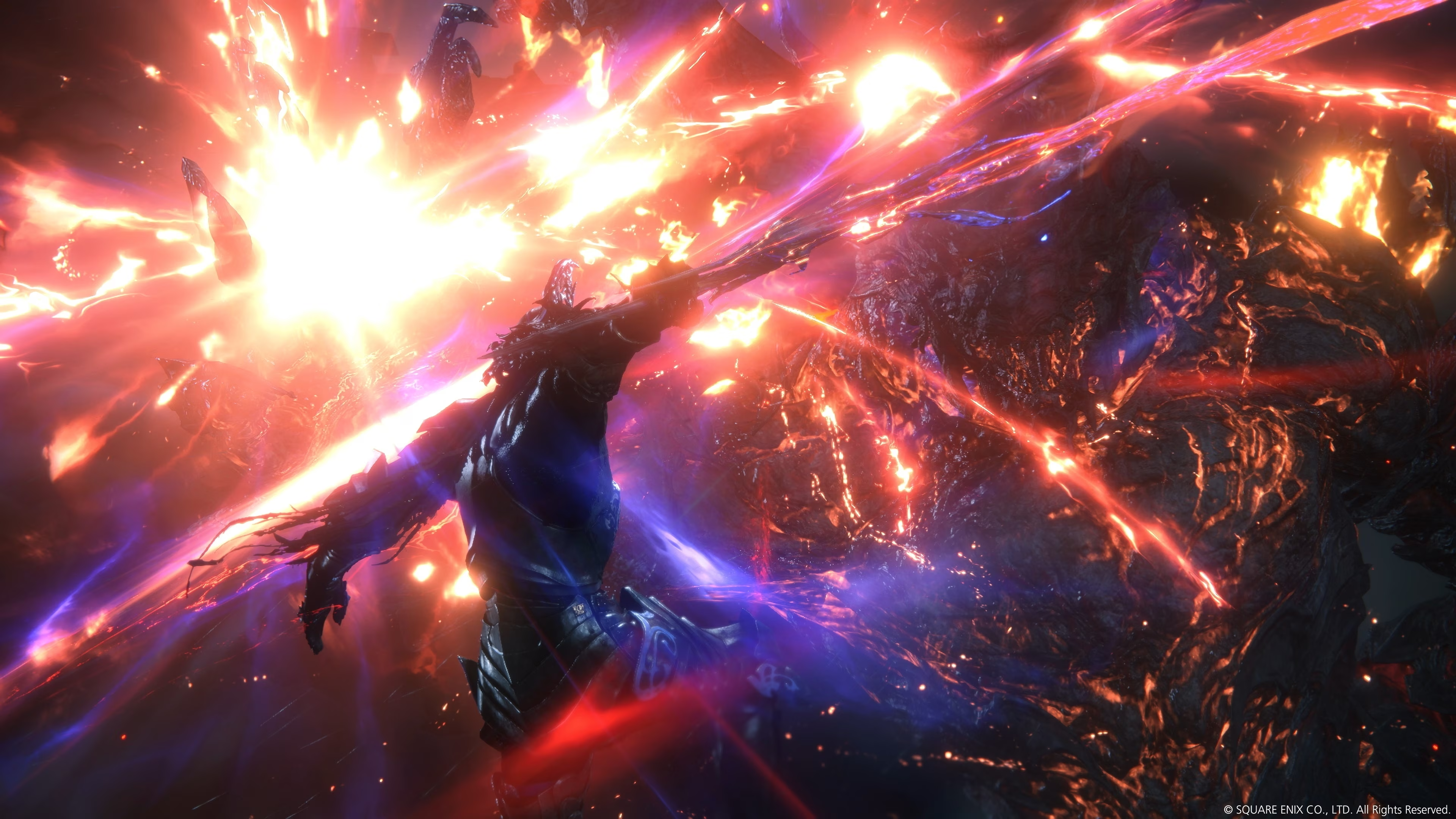
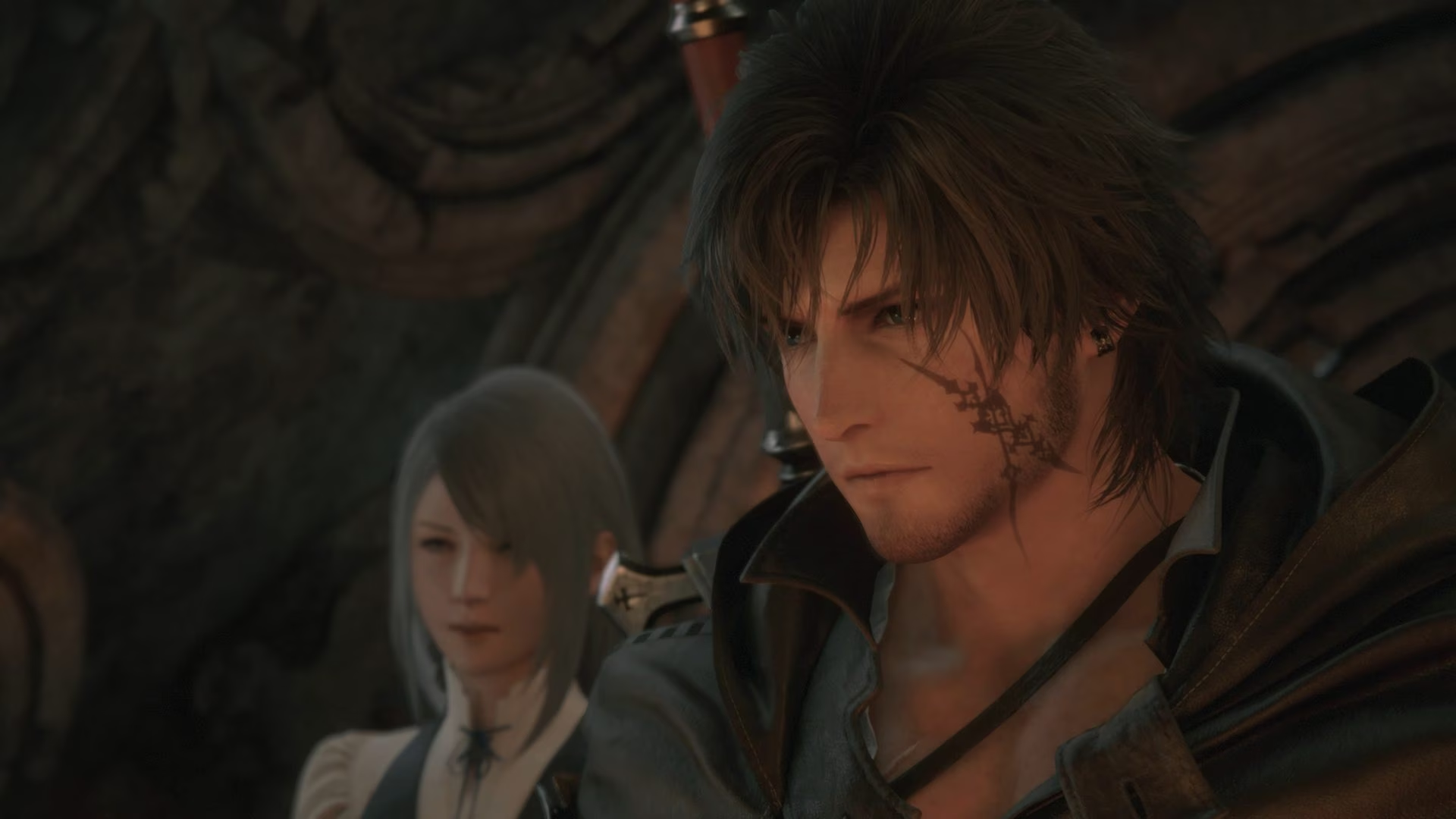
Final Fantasy XVI delivers a dark, complex story far removed from nostalgia, with strong cinematic action, a dynamic combat system that grows over time, and impressive medieval-themed visuals.
Pros
- Intriguing and deeply complex story with mature themes
- Strong motivation to keep playing beyond nostalgia
- Impressive and fitting medieval-inspired art style
- Over-the-top cinematic cutscenes and action sequences
- Dynamic combat system that evolves with new moves and skills
Cons
- Performance on PS5 is unstable with notable FPS drops
- Party system feels underdeveloped and barebones, In fact there’s no party at all.
- Some combat combos feel repetitive despite variety in skills

Story
I just played and beat Final Fantasy XVI a few weeks ago and strongly agree with my earlier thoughts: as far as storytelling goes, it’s a masterpiece. It’s a far cry from the campy and super cheesy counterpart that is FF7 Rebirth — which I also played and loved, mostly for nostalgic reasons. FFXVI offers mature themes and a depressing yet hopeful tone that hits deeper emotionally.
The story of Final Fantasy XVI marks a significant tonal shift for the series, weaving a dark, mature, and politically charged epic that draws more inspiration from medieval history and dark fantasy like Game of Thrones than from its own colorful predecessors. Set in the land of Valisthea, a world blessed by the light of colossal Mothercrystals, the narrative unfolds against a backdrop of encroaching doom. A mysterious Blight is slowly consuming the land, and the nations of Valisthea are locked in wars over the fading crystal resources.
Honestly, I feel people kind of forgot about this game, but it turned out way better than I expected. I liked it more than FF7 Rebirth, which leans heavily on nostalgia and fan service.

Gameplay
Final Fantasy XVI’s gameplay is a bold evolution of the series’ combat formula, shifting toward a fast-paced, action-oriented hack-and-slash style that emphasizes fluidity, precision, and spectacle. At its core, combat revolves around chaining together attacks, dodges, and special abilities to create satisfying combos that feel impactful and visually impressive.
Combat starts slow and repetitive. Early hours focus heavily on story, cutscenes, and tutorials, with little action or depth. The first four-plus hours can feel boring and might discourage some players looking for some action instead of story. However, once you unlock more movesets and skills, the combat opens up with more fluid and dynamic hack-and-slash sequences, complemented by over-the-top cinematic QTEs. It’s like watching a classic anime come to life, and FFXVI absolutely nails this part. That said, some combos remain repetitive despite the variety of skills available.
A key feature is the introduction of the powerful Eikon summons that are woven into the very fabric of the experience, serving as much more than simple summons. Narratively, each of these colossal beings is bound to a human Dominant, grounding their god-like power in personal tragedy and political conflict. This connection is brilliantly integrated into gameplay and story, as the protagonist, Clive, absorbs the abilities of the Eikons he defeats. This system creates a tangible link between story progression and player empowerment, as your combat arsenal directly reflects the dramatic journey you’ve undertaken and the powerful individuals you’ve encountered.
This synergy culminates in the game’s spectacular Eikon-versus-Eikon battles. These are not just cinematic cutscenes or just QTE sequences but playable, awe-inspiring clashes of immense nuclear scale where you take direct control of a towering deity. Because each battle is the explosive climax of a deeply personal story arc, the impact is immense. This seamless fusion of narrative weight, character growth, and epic, hands-on spectacle is what makes the Eikons an unforgettable and foundational pillar of the entire game.
Outside combat, there is quite a bit of exploration, as the classic Final Fantasy style overworld opens up slowly as you progress the story, unfolding through a series of semi-open areas teeming with secrets, collectibles, and engaging side quests. As said, the game features an overworld that connects these varied regions, allowing players to travel seamlessly between different semi-open zones. This design gives the world a truly expansive feel—large and grand in scale—without ever feeling overcrowded or cramped like in fully open world titles. The deliberate pacing and thoughtful level design create a sense of vastness and freedom, inviting players to immerse themselves in the world’s rich environments at the story’s pace.

Graphics and Art Style
Visually, Final Fantasy XVI has a different look compared to other games in the series, using a more muted and medieval style. . The world of Valisthea is rendered in a deliberately muted palette, favoring earthen tones, somber grays, and deep crimsons that evoke the grit and realism of Western medieval fantasy, which is probably an intentional choice to match the game’s serious and mature narrative. This art style is meant to reflect the dark fantasy setting and the difficult themes present in the story.
Performance
Performance on the PlayStation 5 is inconsistent. The game targets 60fps, but frequent dips occur and never really maintains it, especially during open-world exploration. Combat sequences typically maintain smoother frame rates but rely on aggressive dynamic resolution scaling. I would highly recommend playing the PC version as it offers better performance and visuals in general, but it isn’t the best as well in terms of technical optimization.

Conclusion
Final Fantasy XVI rekindles my love for Final Fantasy with its top-tier cinematics and intense narrative-driven action sequences that feel cinematic and anime-inspired. The narrative is emotionally impactful, with moments that truly resonate and stand out as some of the best storytelling in the series. While the party system feels underdeveloped and the combat is now real-time, the sum of its parts including the gameplay and story more than make up for it, delivering a compelling single-player experience. The game’s mature themes and absence of campy elements are a welcome change.

